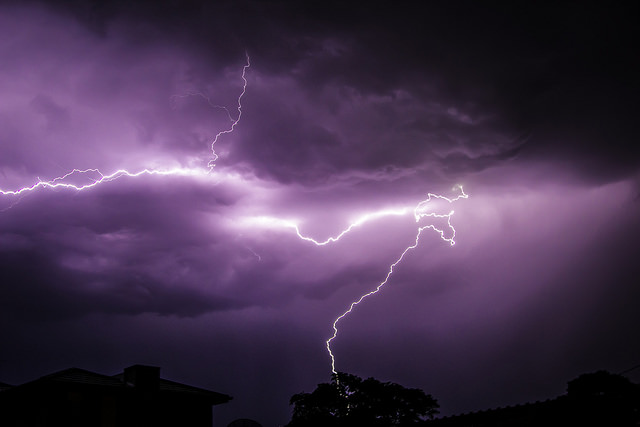Your Energy
Surge Protection
Understanding Electric Surges
 A surge is simply a brief period of higher than normal voltage. Lightning, auto accidents involving utility poles or failed equipment can create surges sufficient to damage or destroy electric devices.
A surge is simply a brief period of higher than normal voltage. Lightning, auto accidents involving utility poles or failed equipment can create surges sufficient to damage or destroy electric devices.
Beyond a direct lightning strike, which is nearly impossible to provide protection against, there are three basic paths for surges:
- Electrical circuits
- Telephone lines
- Coaxial/cable television lines
Electrical components with connections to multiple paths are much more vulnerable. A surge entering the home on one path can go through a common point and follow the other two paths.
The Importance of Grounding
Proper grounding is vital in surge protection. Every home should have at least one driven ground connected to the main distribution panel and the meter base and a maximum earth resistance of 20 ohms. Newer homes or those with sandy soil may need multiple driven grounds. Through your home's electrical system, this ground is connected to every electrical outlet and every permanently attached electrical device. All outlets should be of a three prong type. If you have experienced many surges, hire a licensed electrician to inspect and if necessary, upgrade your home.
Point of Use Protectors
The best protection for sensitive electronics devices, especially those connected to multiple paths, is through a point-of-use protector. These stand-alone protectors are available in multiple configurations with protection for electrical, telephone, and coax. Designed to stop a surge before it can cause damage, these point-of-use devices carry a lifetime warranty for both the surge suppressor and the device it is designed to protect.